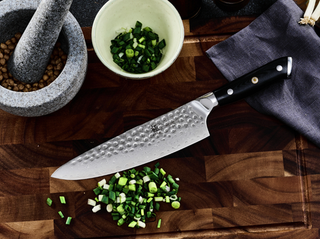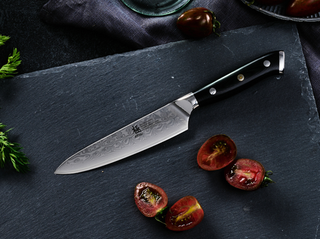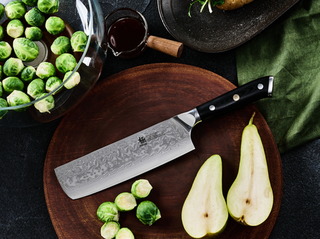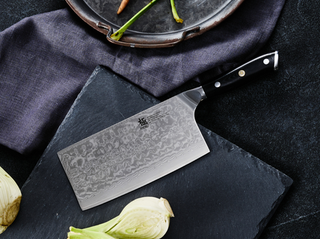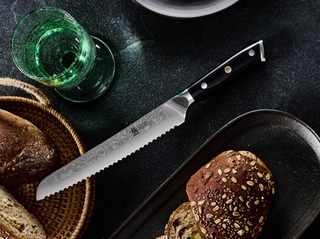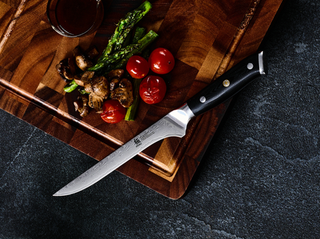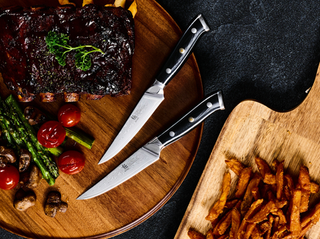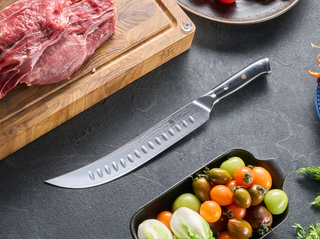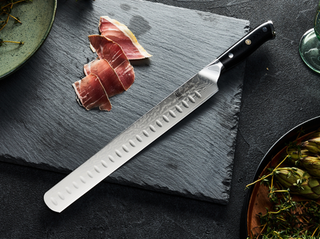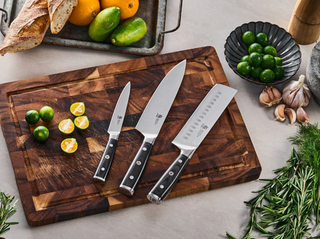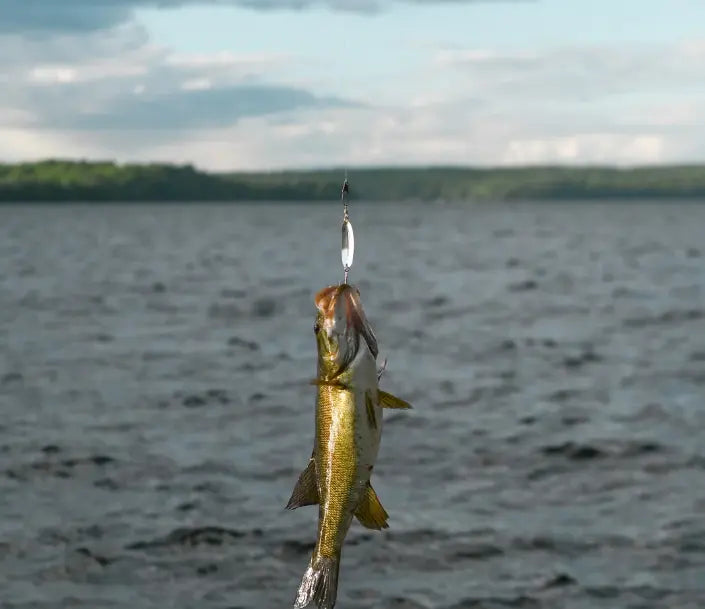Do you know from where Smallmouth Bass comes? Let us tell you. The fish is native to the Great Lakes, upper Mississippi basins, and Hudson Bay. The United States Fish Commission and state fish commissions introduced it widely.
According to Superior Country, freshwater fish are known to be invasive when introduced to new rivers and lakes because a wide range of prey sees them as a top predator. Plus, they are famous sports fish due to their simple catching, which triggers the anglers to compete with full enthusiasm.
People often ask about smallmouth vs largemouth bass, wondering which is better for consumption. The Wildlife Department recommends eating largemouth bass that are between 8-inch to 15-inch due to a number of cooking and nutritional benefits.

We know you are curious to know how to fillet a smallmouth bass, so allow the blog to upgrade your culinary knowledge.
Assemble The Essential Equipment
In the kitchen, assemble the essential equipment that will help you learn how to fillet a smallmouth bass. These are as follows:
Sharp Fillet Knife
A sharp knife makes the cutting far easier and quicker than blunt ones. If you are out of premium knives, then we suggest you have a look at Kyoku Knives. The website is ideal for culinary artists like you. The Santoku range proves to be the best for making fillets of your fish. Digging into the specifics, you will come across the 7" Japanese Santoku Knives Damascus Steel, which precisely cuts meat and vegetables, and the 7" Santoku Knife VG10 Damascus Steel, which has a scalpel-like edge to slice meat. Using knives from this series guarantees you perfect cutting and minimal waste. Purchase the tool and make fillets like a pro.
Cutting Board
An uneven cutting board disturbs your cutting, therefore make sure that you lay your hands on a cutting board that does not give you this problem. While cutting fish, the pieces should remain in their place and even your hand moves in the correct order. What material will suit your filleting? Go for a plastic one that is particularly designed for fish fillets and helps prevent cross-contamination.
Needle-nose Pliers
Having needle-nose pliers is an option. They benefit your filleting process by removing the bloodlines and skin from the fillets, which you cannot do with your bare hands.
Sharp Kitchen Shears
If you want to trim those fins and pierce through sturdy rib bones that are near the teal, then you would need sharp kitchen shares. Otherwise, the usage depends upon you.
Cooler with Ice
You must be well aware that seafood has the tendency to spoil faster than other foods. Hence, if you don't intend to make fish right away, then keep a cooler with ice to store your fillets so that the next time you take the packet out, the fish is still fresh.
Prepare The Fish

Once you are ready with the essentials, it is time to prepare the fish:
Give A Firm Blow
Make sure your catch is not breathing, but if it is, no need to panic. Just give it a quick and firm blow to the head behind the gills and you will be one step closer to learning how to fillet a smallmouth bass.
Wash The Fish
Wash the fish thoroughly to remove any dirt, slime, or debris. You can do this by submerging it in a bowl of clean water or by laying it flat in the sink and rinsing it with clean water. You'll feel the dirt and slime come off as you clean it.
A Sharp Knife
As mentioned above, a sharp knife is one of the key answers to how to fillet a smallmouth bass, hence, ensure that your device is super sharp and you don't find yourself struggling during the fish prep. As dull knives tear the flesh, they mess up the fillets and waste meat.
How To Fillet A Smallmouth Bass?

We are finally on the main section of the blog, so pick your knife and read the instructions side-by-side:
Place The Fish On The Cutting Board
First, place the fish flat sideways on the cutting board.
Take The Knife
Now, take the knife in your hands and see where the gill plate is. It is a hard covering behind the head. As soon as you spot it, make the first cut there. Angle it a little upwards, pointing towards the backbone.
Start Cutting Along The Backbone
Keep holding the knife and use the blade to start cutting along the backbone. Maintain a shallow angle at this point and stay as close to the bone as you can. Then slice through the flesh all the way towards the other parts of the body and tail.
Detach The Fillet
Now, once you have reached the temporary destination which is the tail, carefully turn the angle of the knife to its flat position and continue cutting through the tail section to detach the first fillet.
Remove The Rib Cage
Flip the fish and repeat steps 2-4 on the other side to remove the second fillet. You will observe that there is a rib cage beneath each fillet. Hence, apply the same and remove the rib cage from the other side of the fish, too.
However, you can use two techniques here:
- Leave The Rib Cage
This simple method attracts beginners as leaving the rib cage simplifies the method. But it still requires your absolute attention while cooking to avoid undercooked bones that kill the taste of the fish.
- Remove The Rib Cage
If you are in the mood to cook a boneless fillet, then run the knife between the flesh and the rib cage, reaching the whole length of the ribs. This advanced method separates the rib cage from the fillet. Plus, in order to avoid harming your fingers, use needle-nose pliers to remove stubborn bits of bones.
Conclusion
With a little practice and this guide at your side, filleting your smallmouth bass will become second nature. Remember, a sharp knife, a steady hand, and the right technique are all you need to transform your catch into delicious fillets, ready to be seasoned, cooked, and enjoyed!
